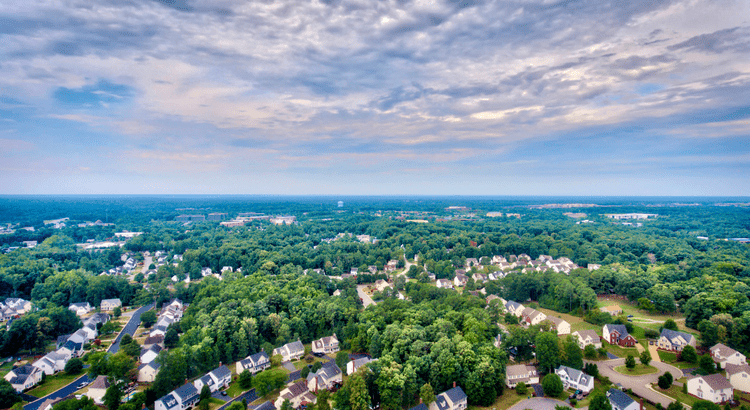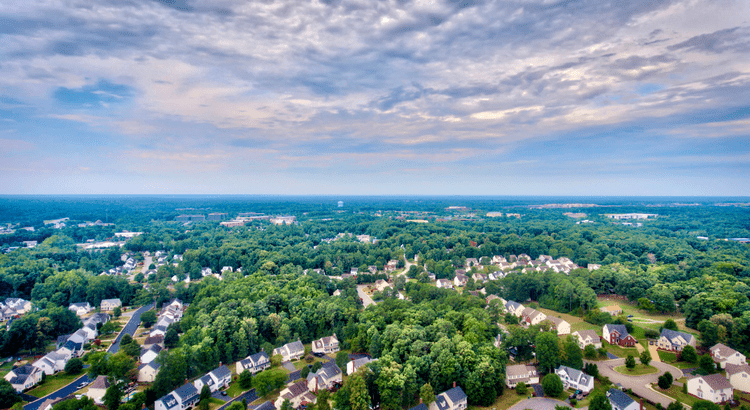
If you’re planning to buy a home this year, there’s one expense you can’t afford to overlook: closing costs.

If you’re planning to buy a home this year, there’s one expense you can’t afford to overlook: closing costs.

If you’ve been thinking about downsizing to lower your expenses, be closer to family, or just make life easier, here’s a trend worth paying attention to

If you’ve been thinking about downsizing to lower your expenses, be closer to family, or just make life easier, here’s a trend worth paying attention to

There’s a new divide in housing right now. In some states, buyers are gaining ground. In others, sellers still have the upper hand. It all depends on where you live.

There’s a new divide in housing right now. In some states, buyers are gaining ground. In others, sellers still have the upper hand. It all depends on where you live.

For the past couple of years, it’s been tough for a lot of homebuyers to make the numbers work.

For the past couple of years, it’s been tough for a lot of homebuyers to make the numbers work.

Want to know something important you probably don’t have a professional check for you nearly as often as you should? Spoiler alert: it’s the value of your home.

Want to know something important you probably don’t have a professional check for you nearly as often as you should? Spoiler alert: it’s the value of your home.

Mortgage rates are finally heading in the right direction – and buyers are starting to jump back in.